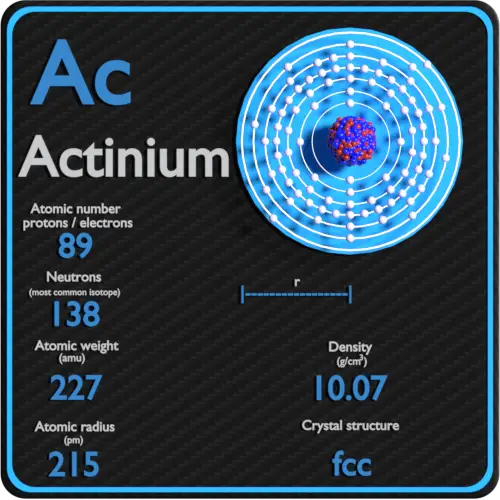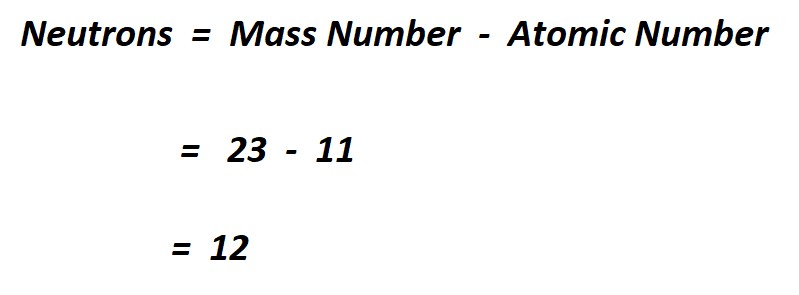

It is a soft, silvery-golden alkali metal. So the answer to your question is that 137Cs is more stable than 134Cs because 137 is an odd nucleus, while 134 is odd-odd.The Molten State of Caesium in an Ampoule Physical Properties Because the even-even is normally more stable, this beta decay is almost always energetically possible and tends to happen pretty quickly. Normally an odd-odd nucleus can beta decay to an even-even nucleus. Stable odd-odd nuclei are very rare - there are only four that are known to exist. This pairing makes the nucleus more stable.įor these reasons, nuclei with an even proton number Z and an even neutron number N (even-even nuclei) always tend to be more stable, while odd nuclei (A+Z is odd) are less stable, and odd-odd nuclei (both A and Z odd) are least stable of all. The two waves have a lot of spatial overlap, so the attraction is strong. In the classical version that would mean they would only get close to each other twice per orbital period, but quantum mechanically, you can think of them as waves that stretch all the way around a circumference, like two belts going around the earth's equator. Classically, this would be like having them both in the same orbit but orbiting in different directions. There are a couple of important differences.įirst, there's more energy to be released in the decay of $^^2$, but opposite values of $J_z$. To go much deeper requires diving deeper into nuclear physics.įrom the NNDC, here are decay schemes for the two isotopes. More available levels to decay to increases the chance of decaying.Ĭloser spin values between the parent and daughter nuclei increase the chance of decaying. It can decay into one of 60 (!) different Ba levels, with most decays being to the ground state which has a spin of 7/2. The half-life is 30 years.Ĭs-139 has a nuclear spin of 7/2. So, a few more states to decay to, but some pretty large spin mismatches on several of them. The other two states have spin 1/2 or 3/2 (the ground state). The majority go through an excited state with spin 11/2. It can decay into 3 different Ba-137 levels, the ground state, and two excited states. Only one state to go to, and a spin mismatch to slow it down.Ĭs-137 has a nuclear spin of 7/2. The half-life of this decay is 2.3 million years. There is only one available Ba-135 level to decay to, and it has a nuclear spin of 3/2. The half-life is 2 years.Ĭs-135 is listed with a nuclear spin of 7/2.

The majority of the decays go through an excited state, which also has a nuclear spin of 4. It can decay to any one of 6 possible Ba-134 nuclear energy levels (the ground state and 5 excited states). Going down to page 69, one finds that the Cs-134 nucleus has a spin of 4. Start with Cs-134 (you probably did not know there was a journal called Nuclear Data Sheets). So, let's take a tour of the isotopes, relying mainly on data from nuclear datasheets. What I mean by that is that you are, at a hand-waving level, looking at an initial state (the Cs), final states (Ba in various possible energy levels), and any applicable quantum numbers you would like to try and conserve (like nuclear spin). Now, while details of nuclear decays are not necessarily touched on unless you are in a nuclear physics course, they are at least somewhat analogous to electron or photon decays. As noted in the comments, all of the various Cs isotopes I'll mention decay by emitting a beta, converting the Cs isotope to a Ba isotope.


 0 kommentar(er)
0 kommentar(er)
